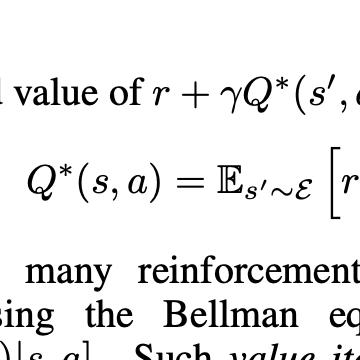Multiple Correlated Jammers Nullification using LSTM-based Deep Dueling Neural Network
Suppressing the deliberate interference for wireless networks is critical to guarantee a reliable communication link. However, nullifying the jamming signals can be problematic when the correlations between transmitted jamming signals are deliberately varied over time. Specifically, recent studies reveal that by deliberately varying the correlations among jamming signals, attackers can effectively vary the jamming channels and thus their nullspace, even when the physical channels remain unchanged. That makes the beam-forming matrix derived from the nullspace of the jamming channels unable to suppress the jamming signals. Most existing solutions only consider unchanged correlations or heuristically adapt to the time-varying correlation problem by continuously monitoring the residual jamming signals before updating the beam-forming matrix. In this paper, we systematically formulate the optimization problem of the nullspace estimation and data transmission phases. Even ignoring the unknown strategy of the jammers and the challenging nullspace estimation process, the resulting problem is an integer programming problem, hence intractable to obtain its optimal solution. To tackle it and address the unknown strategy of the jammer, we reformulate the problem using a partially observable semi-Markov decision process (POSMDP) and then design a deep dueling Q-learning based framework to tune the duration of the nullspace estimation and data transmission phases. Extensive simulations demonstrate that the proposed techniques effectively deal with jamming signals whose correlations vary over time, and the range of correlations is unknown. Especially, our techniques do not require continuous monitoring of the residual jamming signals (after the nullification process) before updating the beam-forming matrix. As such, the system is more spectral-efficient and has a lower outage probability.
PDF Abstract
